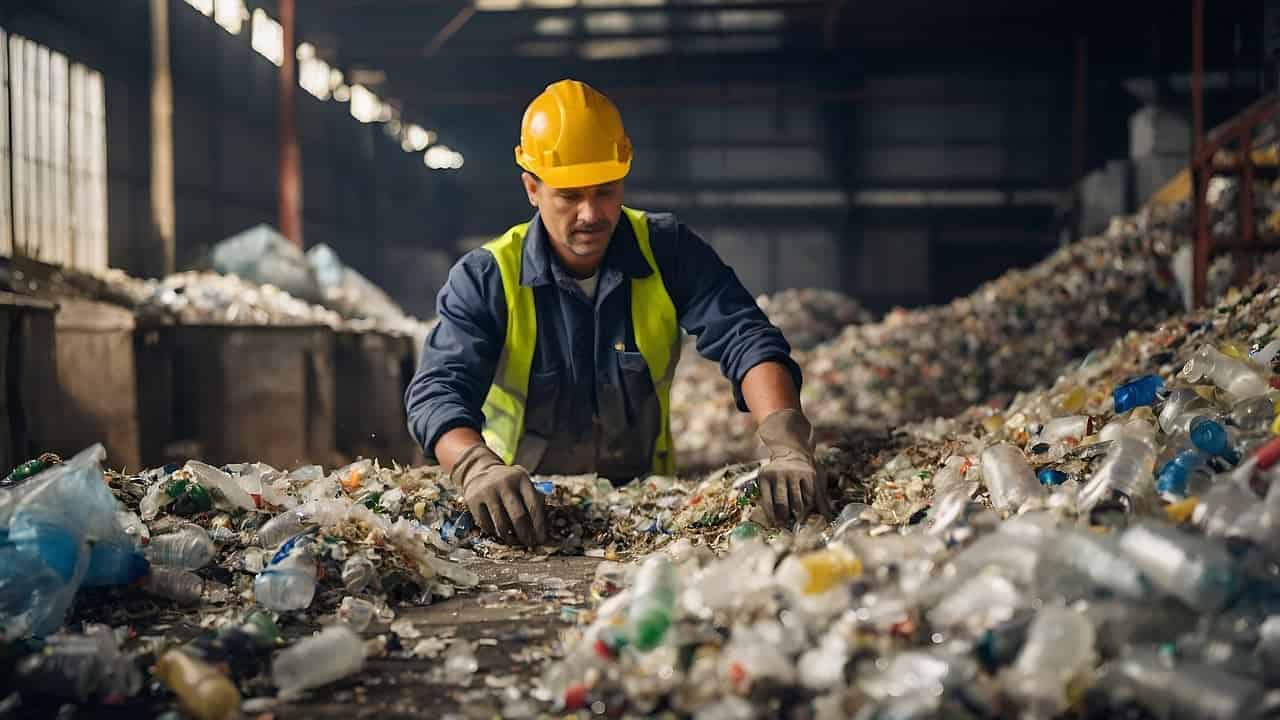
The University of Central Florida has developed a groundbreaking, environmentally friendly paint that does not use pigments, but rather structural colorants based on the geometrical arrangement of nanostructures. Inspired by butterflies, UCF researcher Debashis Chanda created a large-scale, multicolor alternative to pigment-based colorants, which can contribute to energy-saving efforts and help reduce global warming.
The development was published in Science Advances as a featured article. Structural colorants control the way light is reflected, scattered or absorbed based purely on the geometrical arrangement of nanostructures. This is unlike pigment-based colors that use artificially synthesized molecules. The paint developed by Chanda and his team combines structural color flakes with a commercial binder to form long-lasting paints of all colors.
The paints are also extremely lightweight, with full coloration achieved at a paint thickness of only 150 nanometers, making it the lightest paint in the world. Additionally, The plasmonic paint reflects the entire infrared spectrum, resulting in the underneath surface staying approximately 14 to 17 degrees Celsius cooler than it would if it were covered with standard commercial paint. This temperature difference promises to lead to significant energy savings and lessened carbon dioxide emissions.
The science behind plasmonic paint
The research behind the paint draws inspiration from nature. “The range of colors and hues in the natural world are astonishing — from colorful flowers, birds and butterflies to underwater creatures like fish and cephalopods,” Chanda says. “Structural color serves as the primary color-generating mechanism in several extremely vivid species where geometrical arrangement of typically two colorless materials produces all colors.”
Color engineering can be achieved by controlling the colorant’s absorptive or reflective response to white light. All commercial colorants/pigments are based on absorption mechanisms. These colorants absorb photons of energies overlapping with their molecular electronic transitions.
In contrast, plasmonic paint uses nanoscale structural arrangement of colorless materials—aluminum and aluminum oxide—instead of pigments to create colors. This means that once something is painted with structural color, it should stay for centuries as it does not fade due to pigment losing its ability to absorb photons.
Impact on energy savings
The potential impact of plasmonic paint on energy savings and global warming is significant. Over 10% of total electricity in the U.S. goes toward air conditioner usage, and if plasmonic paint is widely used, this could result in significant energy savings and cut down carbon dioxide emissions.
Plasmonic paint could have many applications beyond energy savings. The lightweight paint could be used for large-scale decorative projects, such as painting buildings or murals, as well as for smaller scale projects like painting furniture or vehicles.








